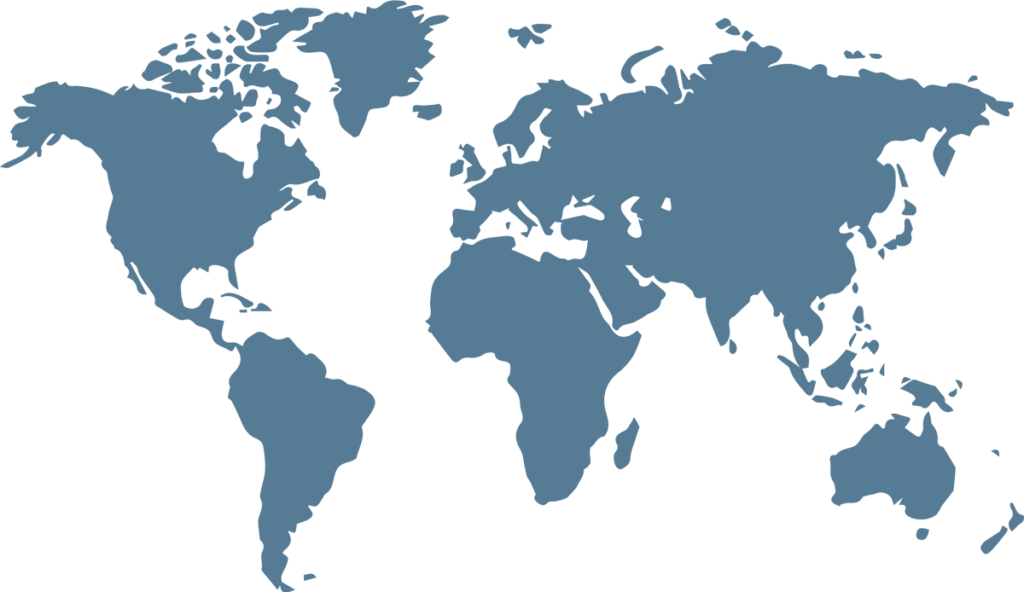By MURPHY BROWNE (Abena Agbetu)
“The planters have since succeeded in molding the apprenticeship into an almost perfect likeness of the system they so unwillingly relinquished. An equal, if not greater amount, of uncompensated labour, is now extorted from the (Negroes); while, as their owners have no longer the same interest in their health and lives, their condition, and particularly that of mothers and young children, is in many respects worse than during slavery.”
Excerpt from “The West Indies in 1837: Being the Journal of a Visit to Antigua, Montserrat, Dominica, St Lucia, Barbados and Jamaica, Undertaken for the Purpose of Ascertaining the Actual Conditions of the Negro Population of Those Islands.”
Chattel slavery in the British Empire ended on August 1, 1834.
August 1 is Emancipation Day in Canada and other countries that were once British colonies. Africans who had been enslaved in Antigua, Bermuda, Canada and South Africa were freed on August 1, 1834.
Africans who had been enslaved by the British in several Caribbean islands including Barbados, Dominica, Trinidad & Tobago, Jamaica, in British Guiana (Britain’s sole South American colony) and in British Honduras (Britain’s sole colony in Central America) were subjected to a system of “apprenticeship” which lasted from 1834 to August 1, 1838. Africans were forced to continue living on the plantations of the people who had enslaved them and worked 45 hours a week without pay (paid a pittance for work over 45 hours) as “apprentices”. They were forced to pay taxes and rent for the dreadful hovels in which they lived on the plantations.
In an article published in the “Guardian” in July 2015, British historian David Olusoga, wrote: “Not only did the slaves receive nothing, under another clause of the act they were compelled to provide 45 hours of unpaid labor each week for their former masters for a further four years after their supposed liberation. In effect, the enslaved paid part of the bill for their own manumission.”
Harvey and Sturge wrote: “A new kind of slavery under the name apprenticeship; an anomalous condition, in which the (Negroes) were continued, under a system of coerced and unrequited labour.”
The formerly enslaved Africans throughout the colonies resisted the “apprenticeship” system in various ways. On Friday August 1, 1834, a group of angry Africans gathered at Government House in Port of Spain, Trinidad. Governor George Fitzgerald Hill sent the militia out to intimidate the group, but the furious Africans stood their ground. They recognized that the “apprenticeship” system was a scam used by the White plantation owners and the government representatives in the Caribbean to continue using their labour without payment.
Despite the presence of the militia, the protest continued until nightfall when the protesters strategically withdrew because they were not allowed to be in the town during the night.
On August 2, 1834, the protesters were on their second day of demonstrations because they were furious that complete freedom was still six years away. Africans in the Caribbean had learned that those who worked in the fields would be apprenticed until 1840 and those who worked in the homes of the slave holders or were skilled tradesmen would be “apprenticed” until 1938.
On August 3, when the protesters returned to Government House, Hill gave the order to arrest them. There were scuffles with the militia and some of the protesting Africans were arrested, tried, sentenced to hard labour and flogging and taken to the Royal Jail. Their incensed compatriots were forced to flee but returned on the Monday to continue the protest. The numbers had increased by Monday and there were more clashes with the militia. Some of those who were arrested on the Monday were publicly flogged in Marine Square. The protests continued the entire week before it was quelled, but several of the Africans refused to return to the plantations and instead “squatted” in districts known today as Belmont and East Dry River.
On July 25, 1838, Governor Hill called an emergency session of the Council of Government to seek approval of a special proclamation he had drafted which ended the apprenticeship period for Africans in Trinidad on August 1, 1838, whether they worked in the fields, homes or were skilled workers.
Throughout the region Africans protested their continued enslavement under the “apprenticeship” system and on August 1, 1838, slavery was abolished in all the British colonies.
The descendants of Africans who were enslaved by the British have celebrated August 1 as Emancipation Day or August Monday since 1834. In her book published in 2010, “Emancipation Day: Celebrating Freedom in Canada,” African Canadian author and president of the Ontario Black History Society (OBHS) Natasha Henry has researched and written about the history of August 1 celebrations throughout Canada and included the connection of Caribana (modeled on Trinidad’s carnival) to Emancipation Day.
The government of Trinidad & Tobago was the first of the former British Caribbean countries to declare August 1 a National holiday in 1985. In 1997 the Caribbean Historical Society (CHS) of Trinidad & Tobago, supported by OBHS advocated for global recognition of August 1 as Emancipation Day.
The OBHS was successful in gaining recognition of August 1 as Emancipation Day at the municipal and provincial level and on March 24, 2021, Canada’s House of Commons voted unanimously to officially designate August 1 Emancipation Day.
ti*****@ho*****.com
Celebrating emancipation from slavery, apprenticeship
43
previous post



